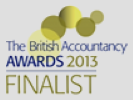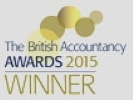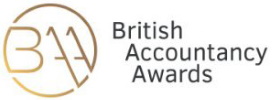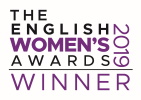From April next year, HM Revenue & Customs (HMRC) will rank third just after secured creditors, such as banks, and insolvency practitioners in order to recover additional outstanding tax from failing businesses.
Currently, HMRC is ranked alongside unsecured creditors, such as suppliers, trade creditors, contractors and customers, who on average rarely recover more than four per cent of debts owed.
However, the change will mean that they are now likely to recover a higher percentage of tax, which will contribute around £185 million extra a year to the public coffers, according to the Government.
The taxman’s new ‘third place’ position in respect to employment taxes and national insurance contributions means that its claims will jump ahead of floating charges from secured creditors, such as debt provided by financial institutions.
The VAT paid by customers on goods will also jump up the queue, although claims relating to other charges, such as corporation tax, still rank alongside other unsecured creditors.
This latest decision is a reverse of the previous crown preference arrangements that were removed in 2003. These were abolished after a record number of smaller corporate entities began winding up in the late 1990s following concerns that HMRC was inadvertently pushing them into liquidation through its tax recovery activities.
















